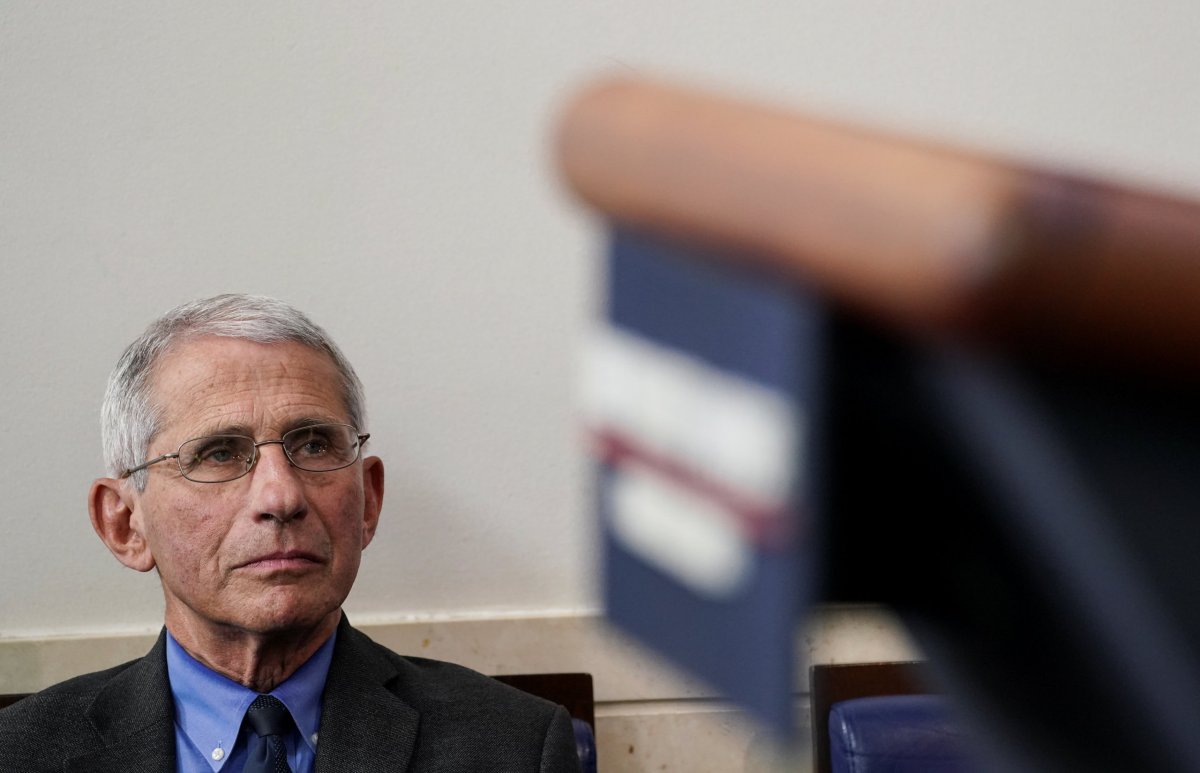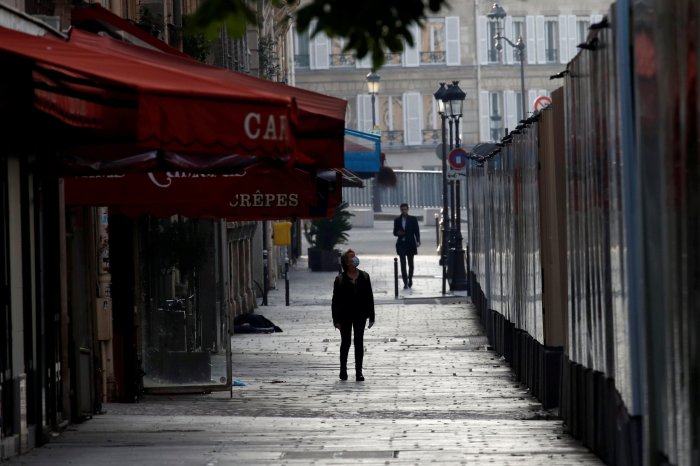WASHINGTON (Reuters) – U.S. health officials are planning ways for the country to return to normal activities if distancing and other steps to mitigate COVID-19 this month prove successful in curbing the outbreak, the top U.S. infectious disease official said on Wednesday.
The Trump administration has called for 30 days of measures, including staying at least six feet away from other people, that have upended American life as most people stay isolated at home, shuttering schools and closing businesses through at least the end of April, with some states continuing certain closures through May and June.
Dr. Anthony Fauci, the head of the National Institute of Allergy and Infectious Diseases, said such steps must continue but that there are hopeful signs they are working.
“If in fact we are successful, it makes sense to at least plan what a re-entry into normality would look like. That doesn’t mean we’re going to do it right now, but it means we need to be prepared to ease into that,” Fauci, a member of the White House coronavirus task force, told Fox News in an interview.
Fauci and other public health experts have said the strict measures are needed to control the fast-spreading and potentially fatal disease that has already led to about 400,000 confirmed COVID-19 U.S. cases and nearly 13,000 deaths, even as the shutdowns have roiled the U.S. economy.
Dr. Deborah Birx, another task force member, said isolation measures must continue for now or else the country could risk a repeated spike despite the allure of warmer spring weather.
“What’s really important is that people don’t turn these early signs of hope into releasing from the 30 days to stop the spread. It’s really critical,” she told NBC News’ “Today” program. “If people start going out again and socially interacting, we could see a really acute second wave.”
Asked if 30-day distancing practices would be enough or that steps might have to continue longer, she said officials were looking at each area of the country differently as they weigh the data.
“Clearly, there are metro areas that are struggling,” Birx said.
(Reporting by Susan Heavey; Editing by Chizu Nomiyama and Jonathan Oatis)
























